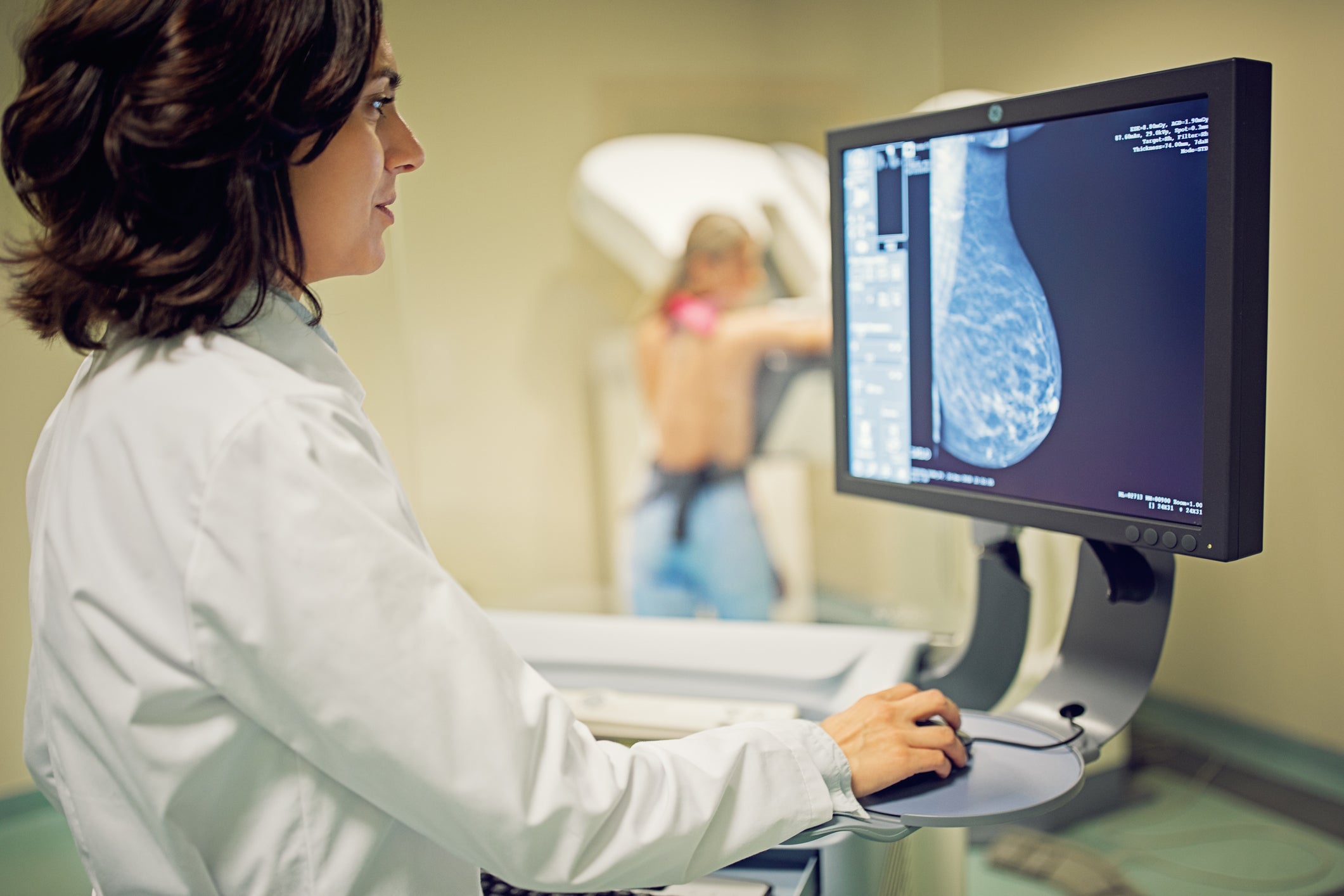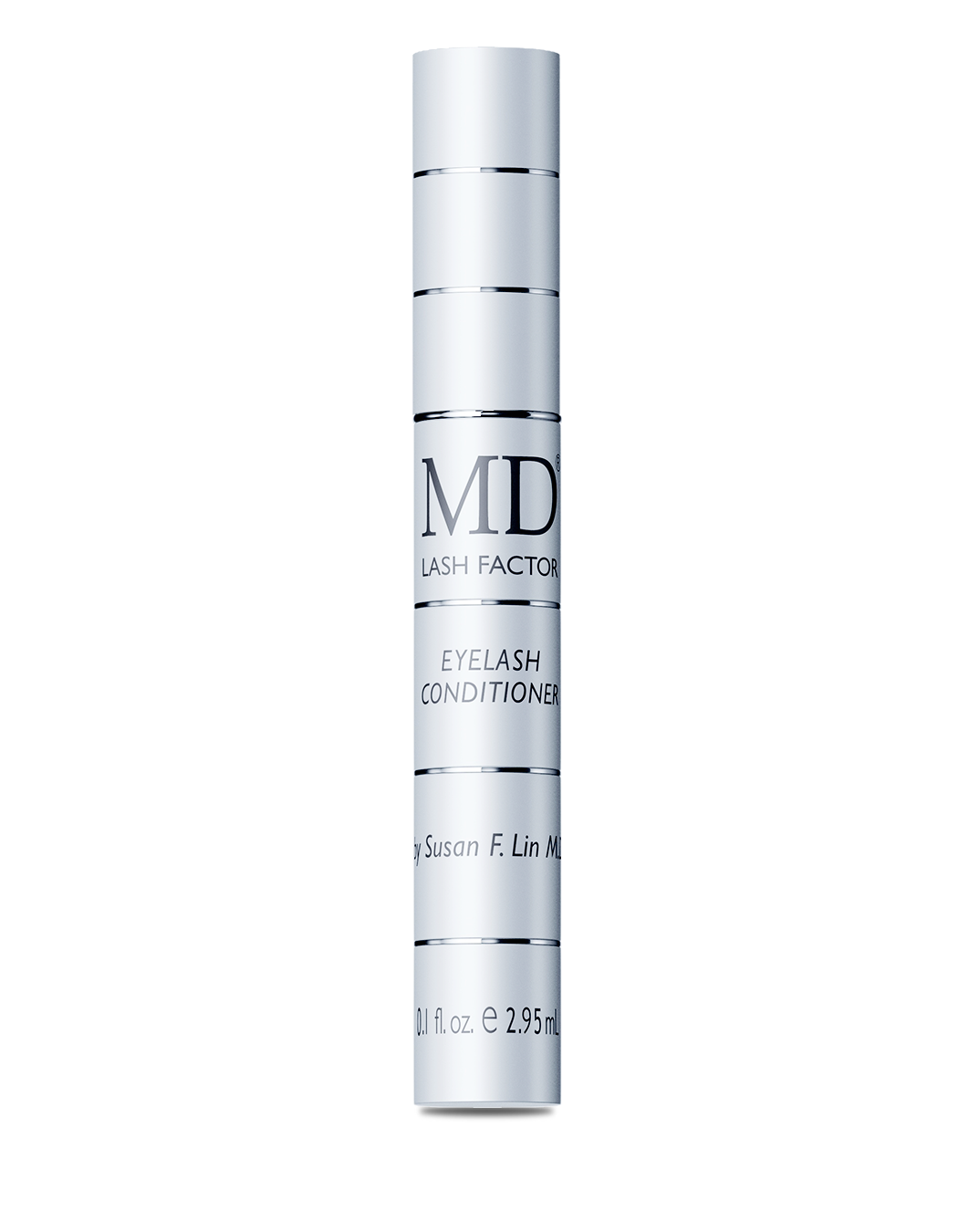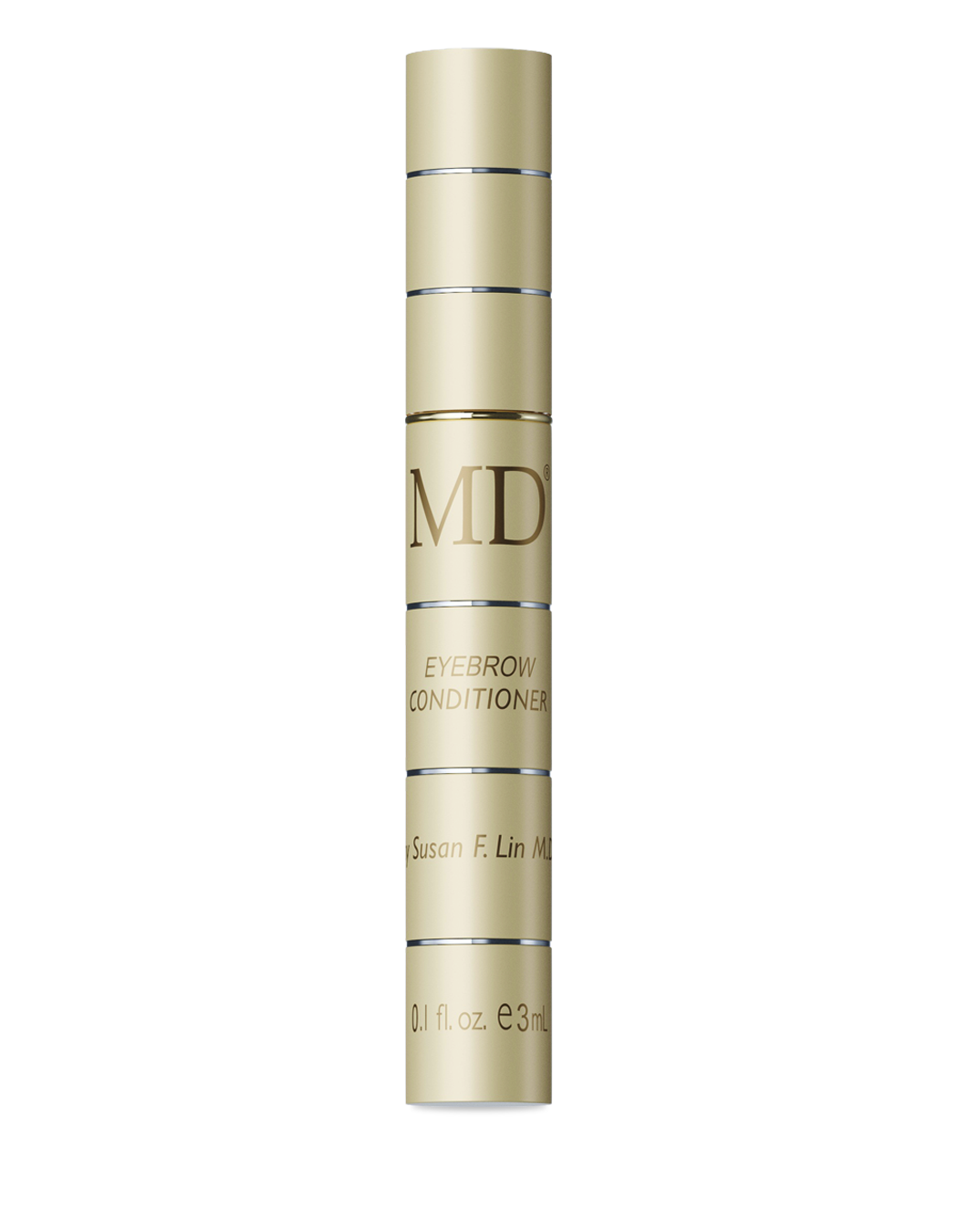What Guidelines are used for Cancer Screenings?

Doctors sometimes find it helpful to screen for some cancers but not others. (Screening: looking for disease when there are no symptoms)
There can be benefits to early screening for some types of cancer. An example is colonoscopy. This type of screening may find growths that can be removed before they become cancerous. Other screenings can find cancer early enough to be treated easier or even preventing it by removing growths before they turn into cancer. Your oncologist (a doctor specializing in cancer treatment) will help you to decide.
Risks may include some pain or side effects or anxiety. Screenings, not always perfect, sometime return false positives or misses it entirely. A screening can even find something suspicious that turns out to be harmless; but the only way to find this out is more testing and that may carry a risk.
The American Cancer Society, using scientific evidence has created guidelines for cancer screenings. Some considerations for cancer screening are age and family history. Having a frank, informed discussion with your doctor will help determine if the benefits of screening will outweigh the risks.
Some Guidelines:
Average-risk adults: Regular screening for breast cancer, cervical cancer, and colon cancer. Based on scientific evidence these screenings can save lives. Prostate cancer and lung cancer are more complicated and doctors take many factors into consideration.
Women of 40 years and older: Women can start screening for breast cancer, with mammograms, at 40 years of age if they choose. All women of average risk should begin yearly screening by age 45. At age 55, women can choose to continue yearly or every other year, and continue for as long as a woman is in good health. Additionally, women should learn how to self-exam (looking for any changes they notice with their breasts) and discuss with their doctor about any personal risks they may have.
Cervical Cancer: Women between 21-29 years of age should have a Pap test every 3 years. Women between the ages of 30-65 should have both a Pap test and an HPV test every 5 years, or a Pap test alone every 3 years. Women over 65 with a history of regular screening with normal results, no longer need screening. Women with a higher risk may need to be screened more often.
Colon Cancer: Adults age 50 should begin screening but anyone with a family history or other risk factors may need to start screening earlier. Different tests are used to screen for colon cancer: colonoscopy, flexible sigmoidoscopy, and guaiac-based fecal occult blood test, to name a few.
Lung Cancer: People with high risk for lung cancer can discuss a low-dose CT scan with their doctor. “High risk” refers to current smokers (or those who have quit within the past 15 years) 55-79 years old who have a smoking history of 30 pack-years or greater. This means smoking an average of 1 pack a day for 30 years, 2 packs a day for 15 years, or the equivalent.
Prostate Cancer: Men should discuss the possible risks and benefits of prostate cancer screening with their doctor before deciding to be screened. This discussion should start at age 50 for men who are at average risk, age 45 for men who are at higher risk, (including African American men and men who have a father or brother diagnosed with prostate cancer), and age 40 for men at even higher risk.
Source: https://www.mdlaserandcosmetics.com/guidelines-used-cancer-screenings-april-national-cancer-control-month/








